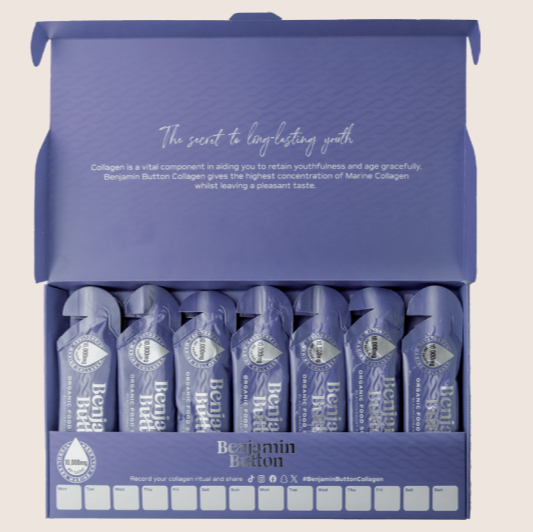Reviving the Scent of Rare Woods in Perfumery Today
The world of perfumery has long been intertwined with nature, taking inspiration from various elements that allow us to express our individuality and style. One of the most captivating and timeless aspects of this art is the use of rare woods. These materials bring a unique depth and character to fragrances, evoking images of ancient forests and distant lands. With the modern resurgence of artisanal perfumery, the exploration of rare woods has reached new heights, allowing for a renaissance that enriches our olfactory experiences.The Allure of Rare Woods
Rare woods have always held a special place in the realm of perfumery. The rich, warm, and often mystical aromas they emit can transform a scent from ordinary to extraordinary. Here are some of the most prized woods and their characteristics:- Agarwood (Oud) – Often referred to as liquid gold, oud is revered for its deep, resinous, and complex scent that evolves beautifully over time. Its rarity is due to the fact that it is produced from the heartwood of aquilaria trees only when they are infected by a specific fungus.
- Sandalwood – Known for its creamy, soft, and milky profile, sandalwood is a staple in many classic perfumes. Its calming qualities make it a sought-after ingredient in both spiritual and therapeutic applications.
- Cedarwood – With a fresh, woody aroma, cedarwood brings strength and stability to fragrance compositions. Its scent often reminds one of the outdoors, invoking memories of lush forests.
- Palo Santo – This ‘holy wood’ is known for its unique, sweet aroma and therapeutic properties. It is increasingly popular in niche perfumery, often used to create earthy and uplifting compositions.
Artisan Perfumers Lead the Way
As the craft of perfumery evolves, artisan perfumers are at the forefront of the movement to reclaim the richness of rare woods. They are crafting fragrances that tell a story, often drawing from their own experiences and the cultures surrounding each ingredient. - Many artisan perfumers champion sustainable sourcing methods that ensure these rare woods are harvested ethically and responsibly, protecting both the environment and the communities that depend on these resources. - This resurgence not only supports biodiversity but also incentivises the preservation of ancient traditions tied to harvesting and using these woods. People today are increasingly aware of the impact their fragrance choices have on the world. Artisan brands that highlight sustainability are gaining traction, encouraging consumers to indulge in products derived from rare woods without sacrificing environmental ethics.Creating Unique Fragrance Profiles
The versatility of rare woods allows perfumers to create truly unique and layered fragrances that stand out in a crowded market. Here’s how the inclusion of these elements can elevate compositions:- Layering – Rare woods can act as both base and heart notes, lending depth and longevity to a fragrance. This layering technique creates a more sophisticated scent profile that evolves on the skin.
- Harmonising – Combinations of woody notes can blend harmoniously with florals, spices, and citruses, resulting in an intricate symphony of scents that engage the senses.
- Contrast – The boldness of a rare wood can serve to contrast lighter or fresher notes, providing balance and complexity. This creates a scent that tells a story as it develops over time.






















